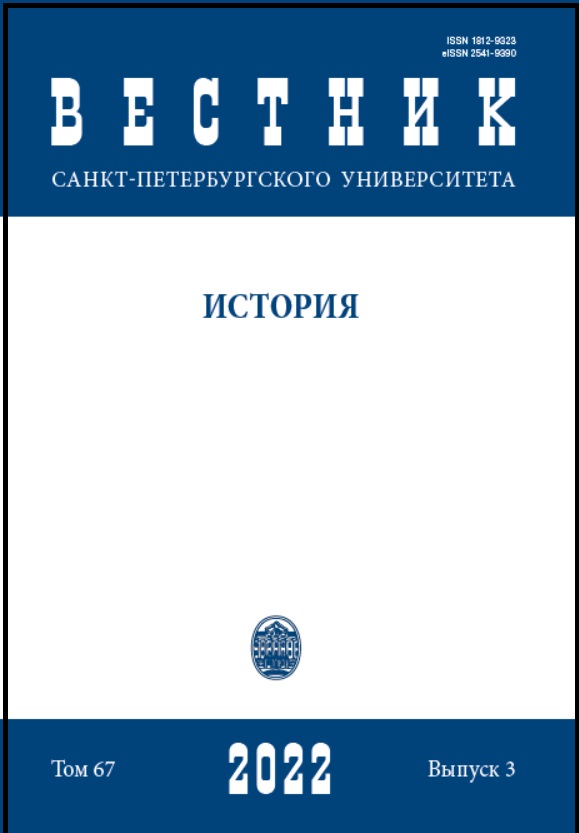Ancient Derbent in the History of the Early Christian World
DOI:
https://doi.org/10.21638/spbu02.2022.314Abstract
Derbent has gone down in history as an outstanding monument of world fortification erected in the 5th–7th centuries AD to protect against the invasions of nomads of Eurasia. Extensivearchaeological research of Derbent, under the guidance of the author, revealed completely new stages of the city’s existence, and Derbent emerged not only as the main military and political stronghold of the world powers of the medieval East in the Caucasus but also as the largest economic and religious center of the region, where Christianity, Islam, Zoroastrianism, and Judaism penetrated and developed early. Derbent acquired a special significance in the history of the Christian world of the Caucasus during the reign of the Sasanian kings Yezdegerd II (439–457) and Peroz (459–484), ardent opponents of Christianity, when the struggle of the peoples of the Caucasus with the “teaching of magicians” severely aggravated. The Derbent fortifications began to play an important role in the anti-Iranian uprisings of the Caucasian rulers who relied on the nomads and mountaineers of the North Caucasus in their fight against the Sasanians. It was in the 60s of the 5th centuries, as our excavations have shown, that a cruciform temple was erected in the citadel of Derbent, which was transformed at the beginning of the 17th century into a reservoir. The most recent geophysical research, conducted in 2020, using georadar and laser scanning and photogrammetry confirmed the data obtained during the excavations about the religious purpose of the cross-domed structure in the citadel and its identification with the Christian temple of the 5th century, one of the oldest in Russia.
Keywords:
Derbent, Christianity, Zoroastrianism, Albans, Sasanians, nomads, uprisings, religious center, temple, archaeological excavations
Downloads
References
References
Downloads
Published
How to Cite
Issue
Section
License
Articles of "Vestnik of Saint Petersburg University. History" are open access distributed under the terms of the License Agreement with Saint Petersburg State University, which permits to the authors unrestricted distribution and self-archiving free of charge.





